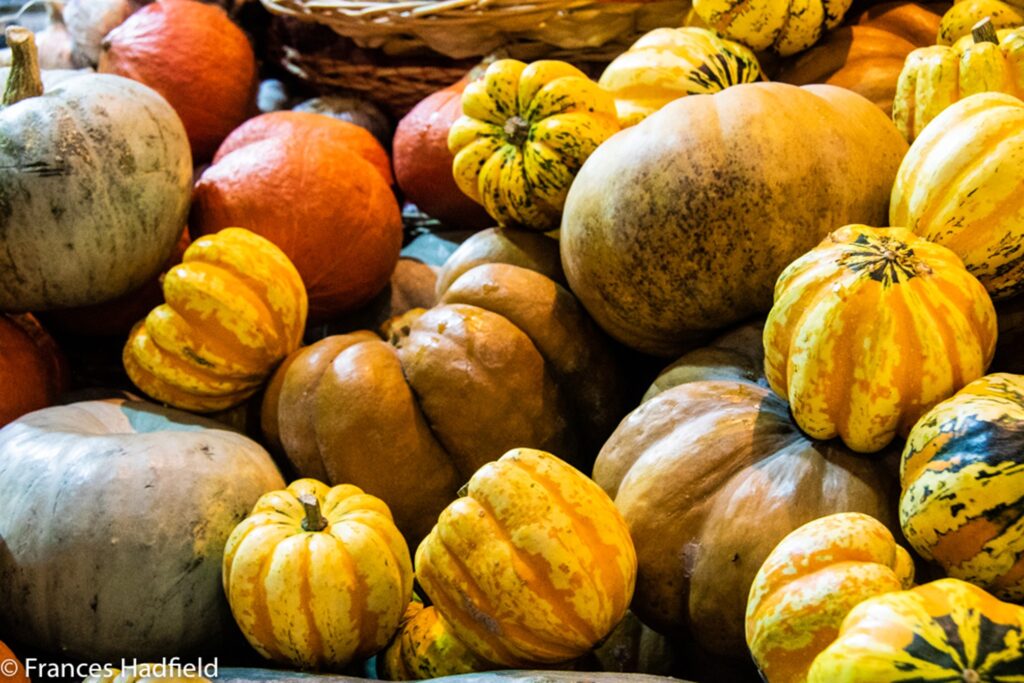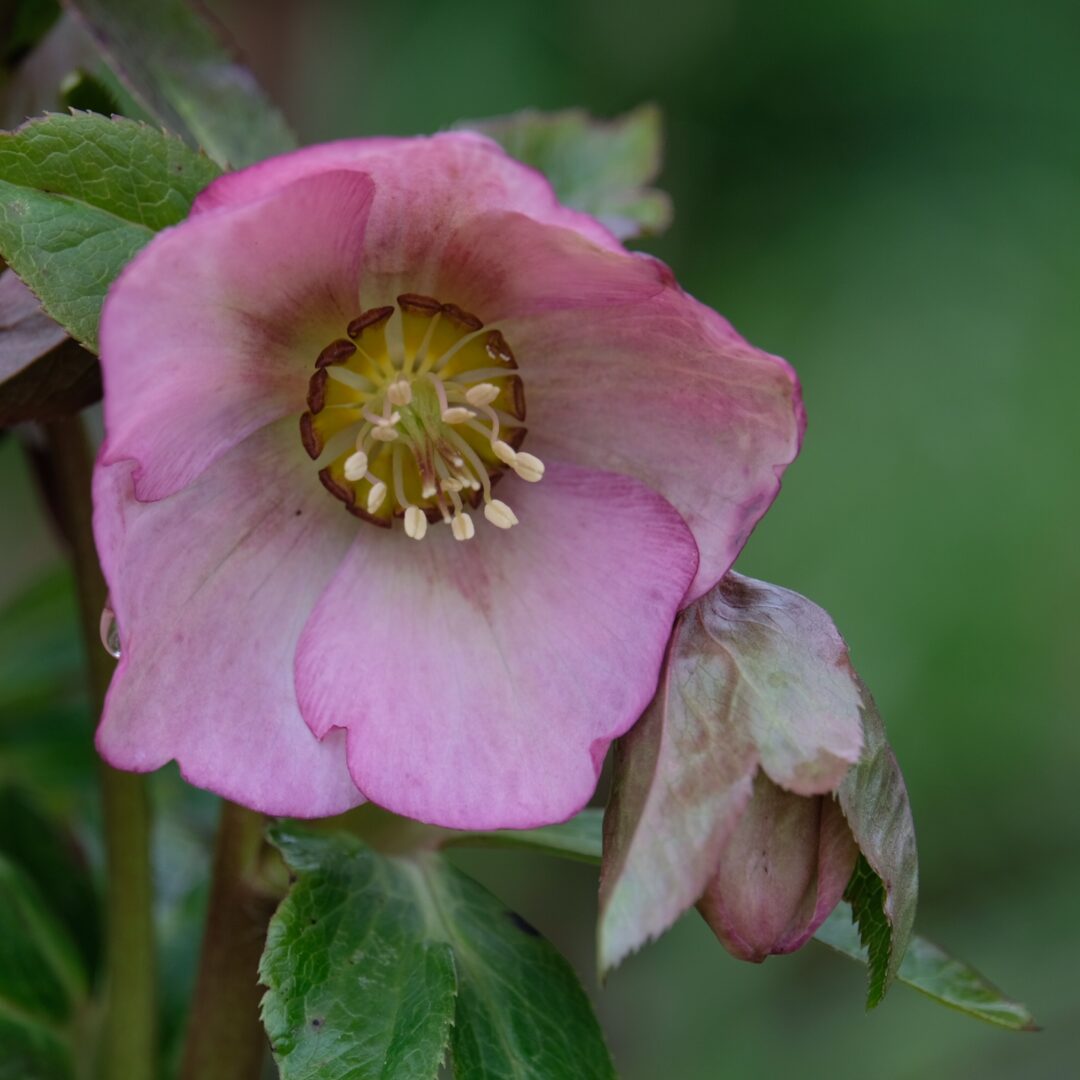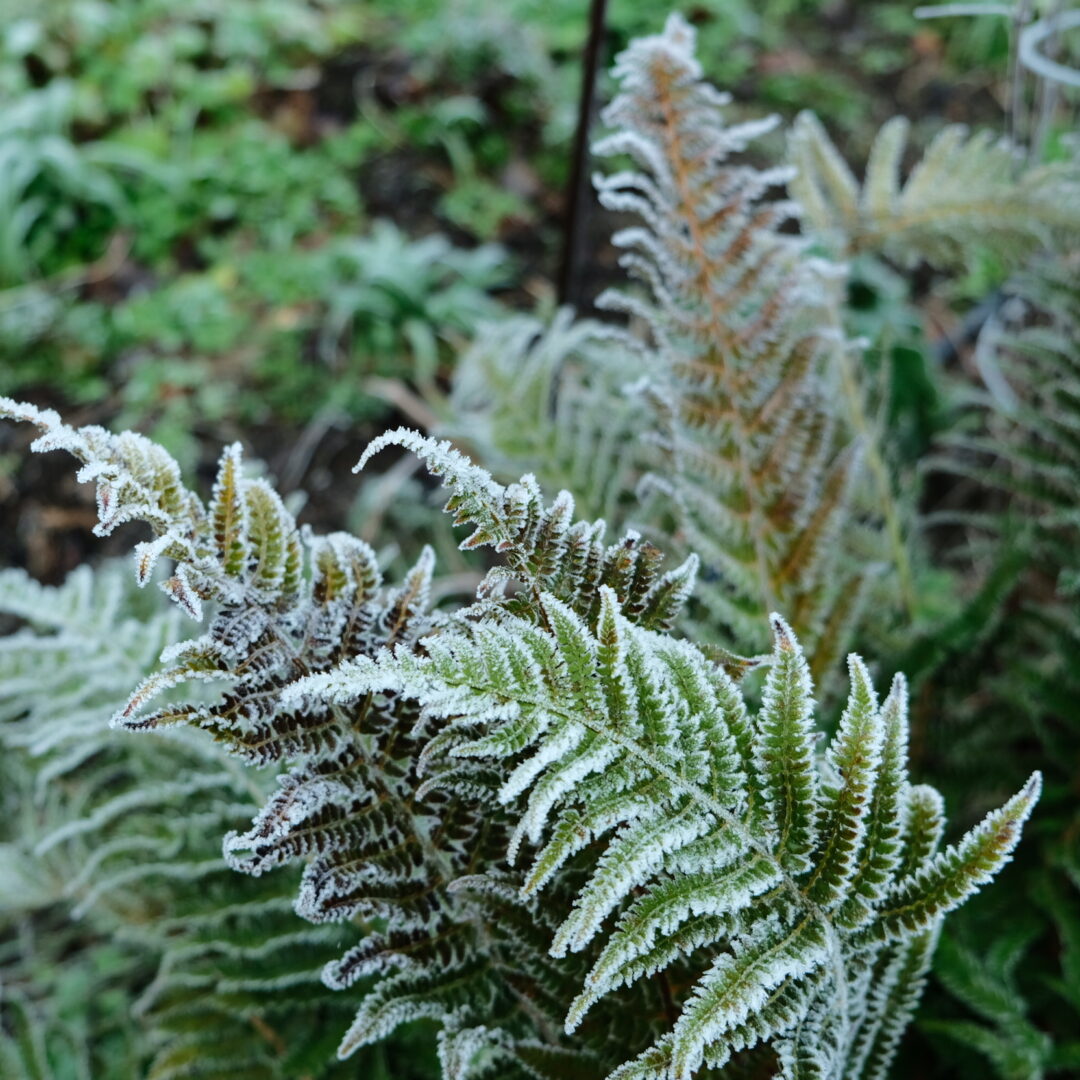Introduction
In April 2023 the focus of the Museum’s special exhibition will be Kent’s gardens and landscape – past, present and future.
It is Henry VIII who is said to have first called Kent the Garden of England. In his daughter Elizabeth’s reign, William Lambarde wrote that ‘In fertile and fruitfull woodes and trees, this country is most floryshing… But as for ortchards of aples, and gardeins of cheries, and those of the most delicious and exquisite kindes that can be, no part of the realme (that I know) hath them, either in such quantitie and number, or with such arte and Industrie, set and planted.’
(Perambulations was first published in 1574)
High praise indeed for Kent and its gardeners.
There is a rich heritage of gardens in the local area; the town and the surrounding villages are proud of their horticultural expertise and there are many flourishing garden societies.
This blog is going to chart the preparation for the exhibition, as well as reflect upon the changing seasons. The process contains many inviting rabbit holes and lots of opportunities for exploring local history and the environment.
Credits
A dedicated group of photographers from the U3A and Tenterden and District Horticultural Society have been busy making a photographic record of the gardening year. They are also capturing on camera plants, animals and landscapes. Their photographs will feature in this blog and in the exhibition. Many thanks are due to them.
Gardens – dipping into history
Then
The word garden comes from the Old Norse word for enclosure and the definition of a garden in the OED is ‘an enclosed piece of ground devoted to the cultivation of flowers, fruit or vegetables’.
The Celts were renowned for their skills in agriculture and it is probable that small plots were kept near to the homestead where broad beans, beet, peas, opium poppies and alexanders were grown. These plots would have been protected from animals by hedges of hazel or hawthorn.

In December we are moving towards the promise of the new year. It is a time when we are selecting our diaries and calendars. The beautiful books of hours and illuminated manuscripts that have survived down the centuries provide insight into what gardens and agricultural activities were like in the Middle Ages and Early Modern eras.
In the Middle Ages Books of Hours were made which contain beautiful illustrations of gardens.
This is one of the calendar miniatures from Les Très Riches Heures du Duc de Berry. It shows activities that would occur in the landscape and the garden in February. (Note the beehives and the single tree as well as the importance of the fire in the house.)
I wonder what would feature if you were to devise a calendar miniature showing what occurred each month?
My mother had a set of place mats that showed pictures of medieval labours of the month. The December one showed pigs being killed in preparation for the winter. Bacon grease replaced butter as the principal source of fat. Cured pork could provide protein to sustain tenant farmers until the spring when fresh food was more readily available. Adult pigs were not “overwintered” unless they were breeding stock since they quickly lost weight when food was scarce. (https://trinitycollegelibrarycambridge.wordpress.com/2015/12/01/labours-of-the-month-december/)
The Weald was an area associated with pig pasture and the suffix ‘den’ at the end of a place name usually means woodland pasture, especially for swine. In the case of Tenterden the ‘Woodland-pasture of the people of Thanet’. The Isle of Thanet lies at the far north-eastern corner of Kent. Thanet is an ancient name, possibly Celtic, of uncertain meaning. If Celtic, it may signify ‘bright island’ (with reference to a beacon?), or possibly be derived from a root meaning ‘thin’. (http://kepn.nottingham.ac.uk/map/place/Kent/Tenterden)
Now

Cucurbita, squashes and pumpkins are present in Europe in all shapes and sizes and they are in season at the moment and still being delivered in vegetable boxes.
The genus originates from the Americas and the earliest European image of a squash is in the Grandes Heures d’Anne de Bretagne (between 1503 and 1508). The photograph above is of a contemporary Kentish crop.
Pumpkin Moon near Maidstone is well worth a visit in October when the pumpkins and squashes are ready to harvest. It is the sheer scale and occasion of the event, when so many families go to seek out the right pumpkin for Hallowe’en, that is impressive.
In the garden
In my garden, at the moment, I am finally planting tulips as there has been a frost! Elsewhere in the south facing border, bulbs are beginning to break the surface of the soil. Roses are still struggling to produce blooms. The birds, blue tits most recently, have stripped the berries from the Viburnum opulus and the Clerodendron.
Whenever I am in the garden, a robin keeps close watch over what I am doing.





